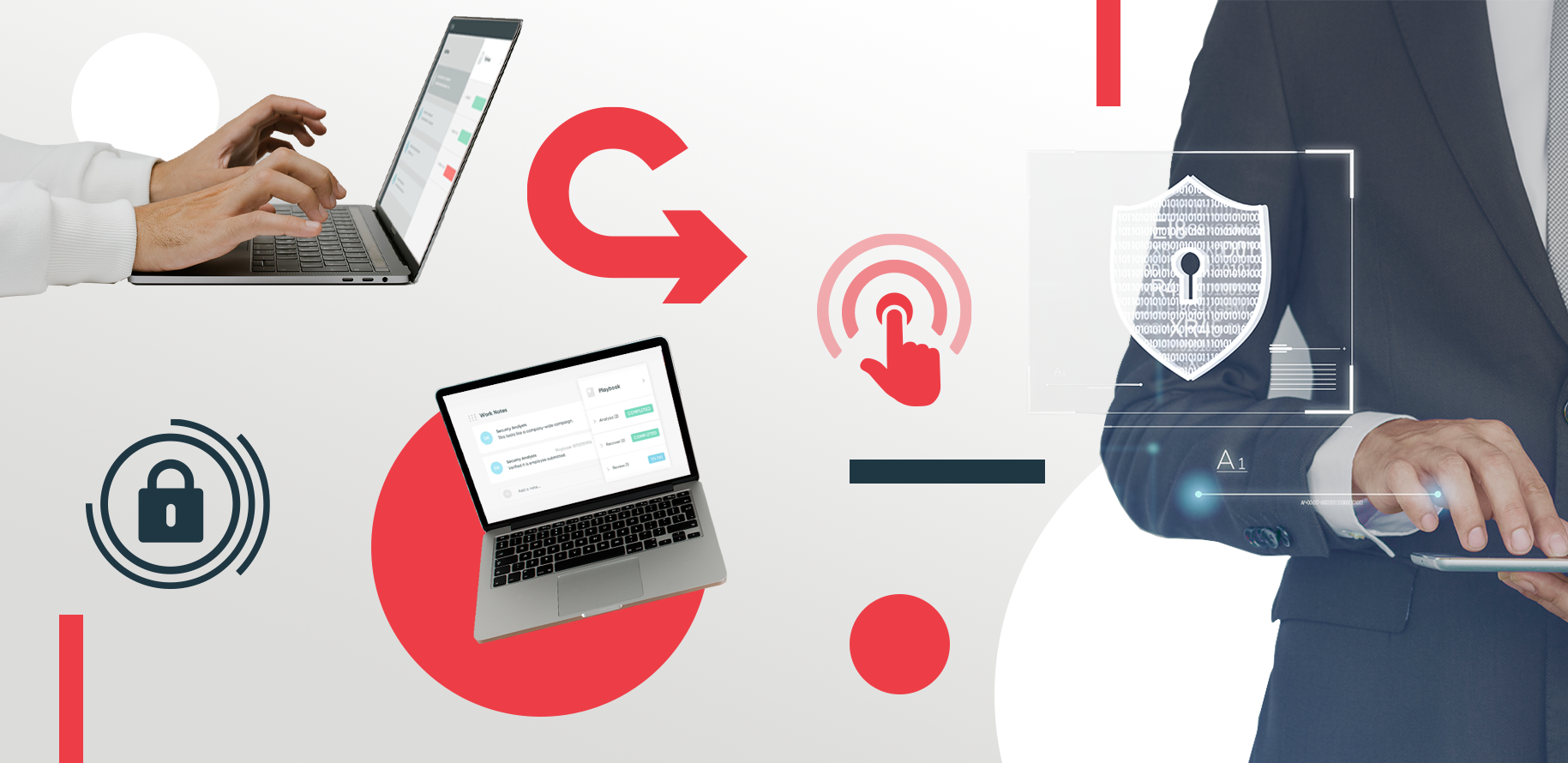News, Practical Advice, ServiceNow, Technology, Work Strategies
The essential checklist to implement an agile response in IT Security operations.

August 20, 2021
The critical challenges to information security
Data breaches constantly threaten enterprises today. And the risk continues to grow: the cost of breaches rose from $3.62 to $3.86 million, increasing by 6.4% from last year. Time-to-compromise is now measured in minutes, and data exfiltration happens in days.
Unable to quickly respond, organizations risk exposing valuable data and confidential information. The recovery process can be incredibly expensive and the damage to the business reputation incalculable.
Why does it take so long to identify and respond to threats? Security and IT professionals point to one primary culprit: the disconnect between security and IT tools. Traditional approaches hamper efficient incident-response coordination across organizations:
• Numerous, disjointed tools cumulatively generate thousands of unprioritized alerts.
• Lack of automation leads to hours wasted on manual processes.
• Organizational opacity and difficulty tracking down the right contacts.
• Multiple, unsecured data sets and security runbooks make it impossible to ensure everyone is on the same page.
Beyond inefficiency, the manual processes associated with traditional security responses trigger other issues. Spreadsheets quickly become out-of-date, and emails frequently end up in the wrong inboxes. In both scenarios, defining and tracking
performance metrics can be extremely difficult. And all too often, these manual processes force highly trained employees to focus on low-level tasks, resulting in high turnover.
How would you rate your organization’s ability to respond to security threats and vulnerabilities? Use this short checklist to evaluate how the right security operations solution could support your enterprise.
• Rely on a single source of truth across security and IT?
All responders need access to the latest data. A shared system allows security and IT teams to coordinate responses.
• Integrate with the configuration management database (CMDB)?
With CMDB integration, analysts can quickly identify affected systems, their locations, and how vulnerable they are to multiple attacks.
• Prioritize all security incidents and vulnerabilities?
The best way to handle an overload of alerts is to automatically prioritize them based on their potential impact to your organization. Analysts need to know exactly which systems are affected and any subsequent consequences for related systems
• Automate basic security tasks?
Analysts need critical information in seconds to respond to security threats. Automating manual tasks like threat enrichment can help with consolidating the response process quickly.
• Ensure your security runbook is followed?
Workflows are critical for ensuring adherence to your security runbook. Security playbooks enable Tier 1 personnel to perform actual security work, while more experienced security professionals focus on hunting down complex threats.
• Quickly identify authorized approvers and subject matter experts?
It must be easy to identify authorized approvers and experts, and quickly escalate issues if service level agreements (SLAs) aren’t met — while ensuring the security of “need to know” data.
• Respond faster with orchestration?
Take action from a single console that can interact with other security tools to speed up remediation.
• Collect detailed metrics to track performance, drive post-incident reviews, and enable process improvements?
You need to be able to track team performance and collect data for reviews. Metrics captured in dashboards, reports, or post-incident reviews provide trend data to support improvements.
In short, the right solution enables efficient response to incidents and vulnerabilities and connects security and IT teams. It also lets you clearly visualize your security posture. For the CISO and security team, it’s an integrated security orchestration, automation, and response platform that answers the question, “Are we secure?”
What’s next?
Efficient response to security incidents and vulnerabilities are among the biggest challenges for information security leaders. That’s why choosing a security orchestration, automation, and response response platform is so important.
ServiceNow® Security Operations is designed to help security teams respond faster and more efficiently to incidents and vulnerabilities. Built on the Now Platform™, Security Operations uses intelligent workflows, automation, and a deep connection with IT to streamline security response.
With a great security orchestration, automation, and response solution in place, your team can make threat and vulnerability identification, remediation, and coordination efforts more efficient. Automation permits responders to focus on more complex problems instead of on manual tasks. And you have accurate data at your disposal to continuously assess your organization’s security posture.
Share
Share on linkedin
Share on facebook
Share on email
Share on twitter
Rate
Leave a comment
19110
Other News
Get News Updates and Success Stories
Subscribe to our Newsletter.
Look For Us on Social Networks
Hmm, that e-mail doesn't look good, check the format.
Look For Us on Social Network
Look For Us on Social Networks
By browsing this site you accept our cookies use policies.
ServiceNow, the ServiceNow logo, Now, Now Platform, and other ServiceNow marks are trademarks and/or registered trademarks of ServiceNow, lnc. in the United States and/or other countries. Other company and product names may be trademarks of the respective companies with which they are associated.
